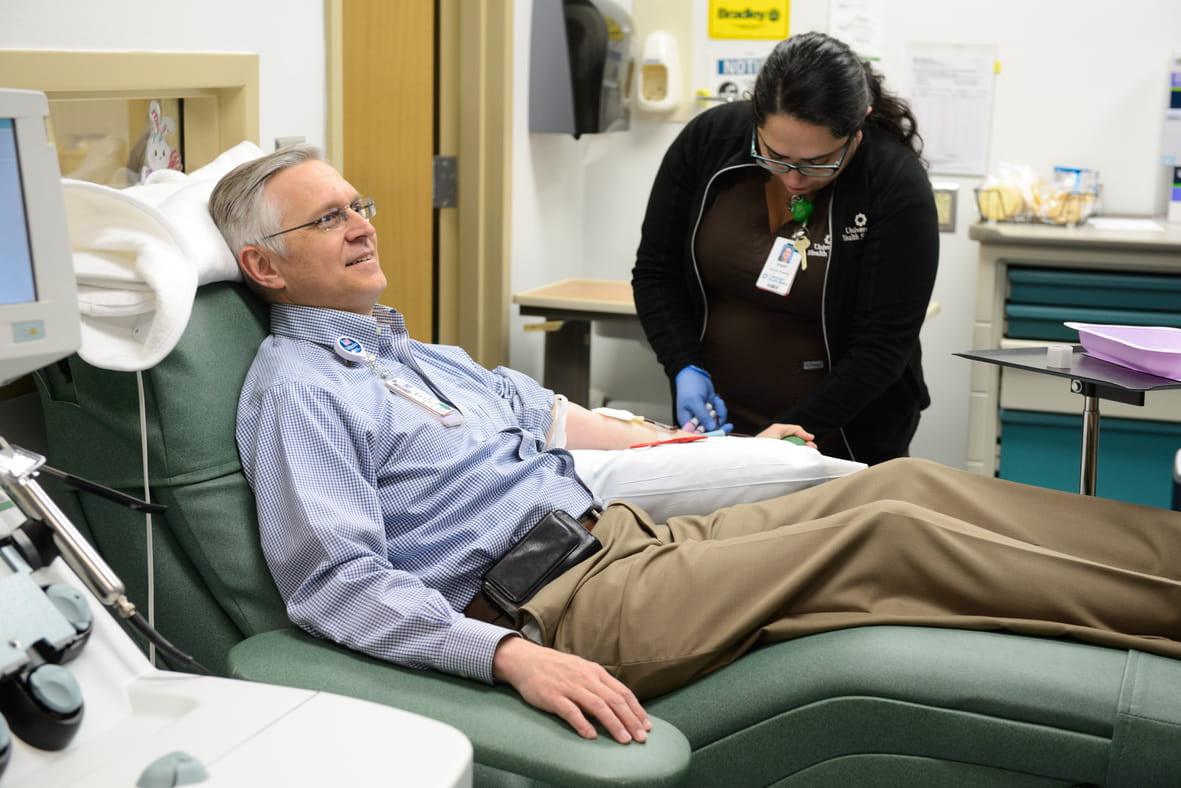Exposure to the South Texas sun can be brutal and dangerous for your body. Without adequate protection, the sun’s ultraviolet rays can leave you with more than just a bad burn.
Why are Ultraviolet (UV) rays harmful?
UV rays make up a small portion of light emitted from the sun. Though sunlight is the primary source of UV, people can also be exposed to UV rays through tanning beds or lamps.
UV rays are the main cause of damage to the skin because they can negatively affect the DNA of skin cells. Excessive exposure to UV rays can increase the risk of skin cancers since they affect the DNA that controls skin cell growth.
In addition to skin cancer, UV rays can cause other health problems.
“UV rays can cause health problems other than cancer including sunburn, suntan and acceleration of skin aging, as well as inflammatory conditions of the eyes and cataracts,” which can lead to blindness, said Dr. Leah Shama-Brown, a family medicine practitioner at University Health System. “They can also cause increased risk of infections and even trigger other infections in the body.”
Who is most at risk for skin cancer?
People with a higher risk of skin cancer are those who have more exposure to UV rays. This is bad news for South Texans, who experience more than 200 days a year of sunny weather.
Other factors include:
- Having fair skin
- History of previous skin cancers
- Older age
- Having other skin conditions
- A weakened immune system
- History of smoking
How do I know if I have skin cancer?
Usually the first signs of skin cancer are unusual growths on the skin or changes in the shape, color or size of an existing spot.
“An unusual skin growth or sore that does not go away, or a mole changing appearance, can be the first sign of skin cancer,” said Dr. Cynthia Villanueva Ramos, a family medicine practitioner at University Health System. “These spots may be raised and can bleed easily sometimes. As the cancer grows, the size, color, shape, and texture of the visible skin mass may change and can resemble small craters like shallow volcanoes, which look like red or brown rough patches that resemble old scars or a waxy bump.”
If you notice any changes to your skin or any unusual growths, it is important to discuss it with your doctor immediately to make sure you receive the proper diagnosis and treatment as soon as possible.
How can I protect myself from getting skin cancer?
The best thing you can do to protect yourself from harmful UV rays is by reducing your exposure.
“Limiting sun exposure is key to protecting yourself from UV rays,” said Dr. Villanueva Ramos, “Wear wide-brimmed hats, sunglasses with UV protection, gloves and sun-protective clothing. And limit your sun exposure between 10 a.m. and 4 p.m. each day.”
Additionally, using a good sunscreen is key to keeping your skin safe and cancer free.
“Wear sunscreen every day before leaving the house, especially on those body parts that are exposed to the sun,” said Dr. Shama-Brown. “The best sunscreen is the one that you will use. I recommend at least SPF 30. I suggest trying a few different options to make sure you like the feel of the product on the skin, because if you don’t like the way it feels, you’re less likely to put it on. Also, remember to apply it every couple of hours — more frequently if you are in the water or doing outdoor activities.”




